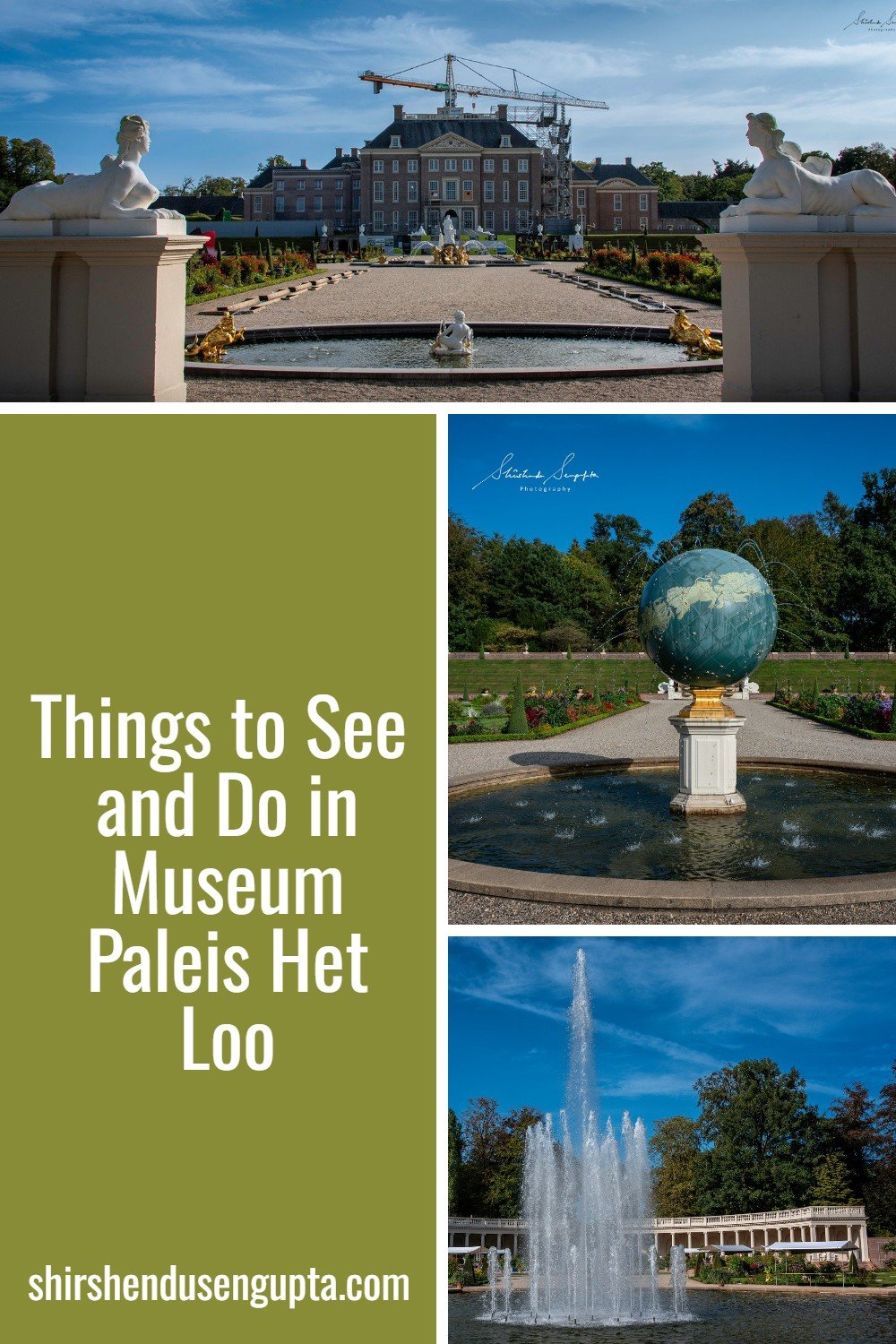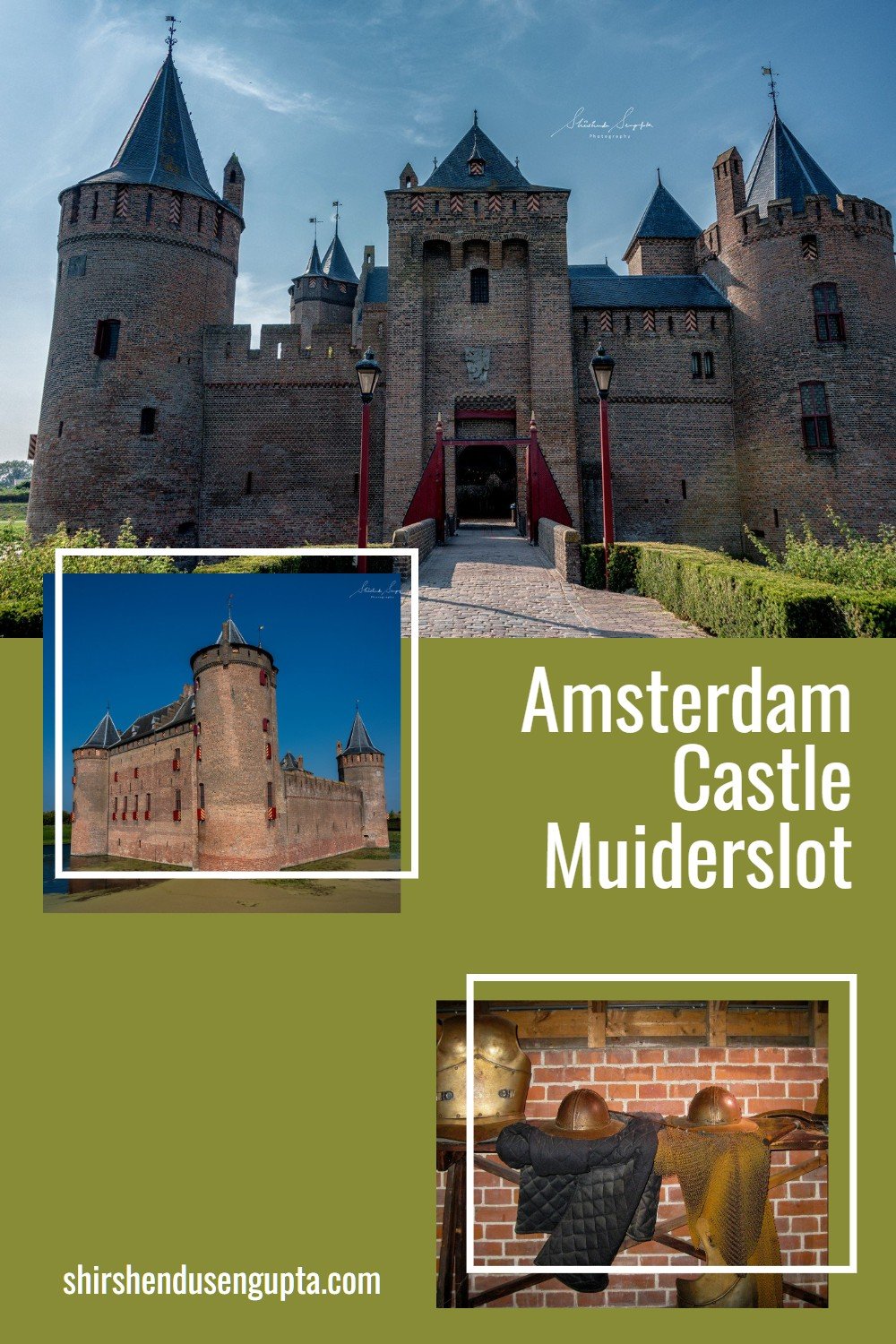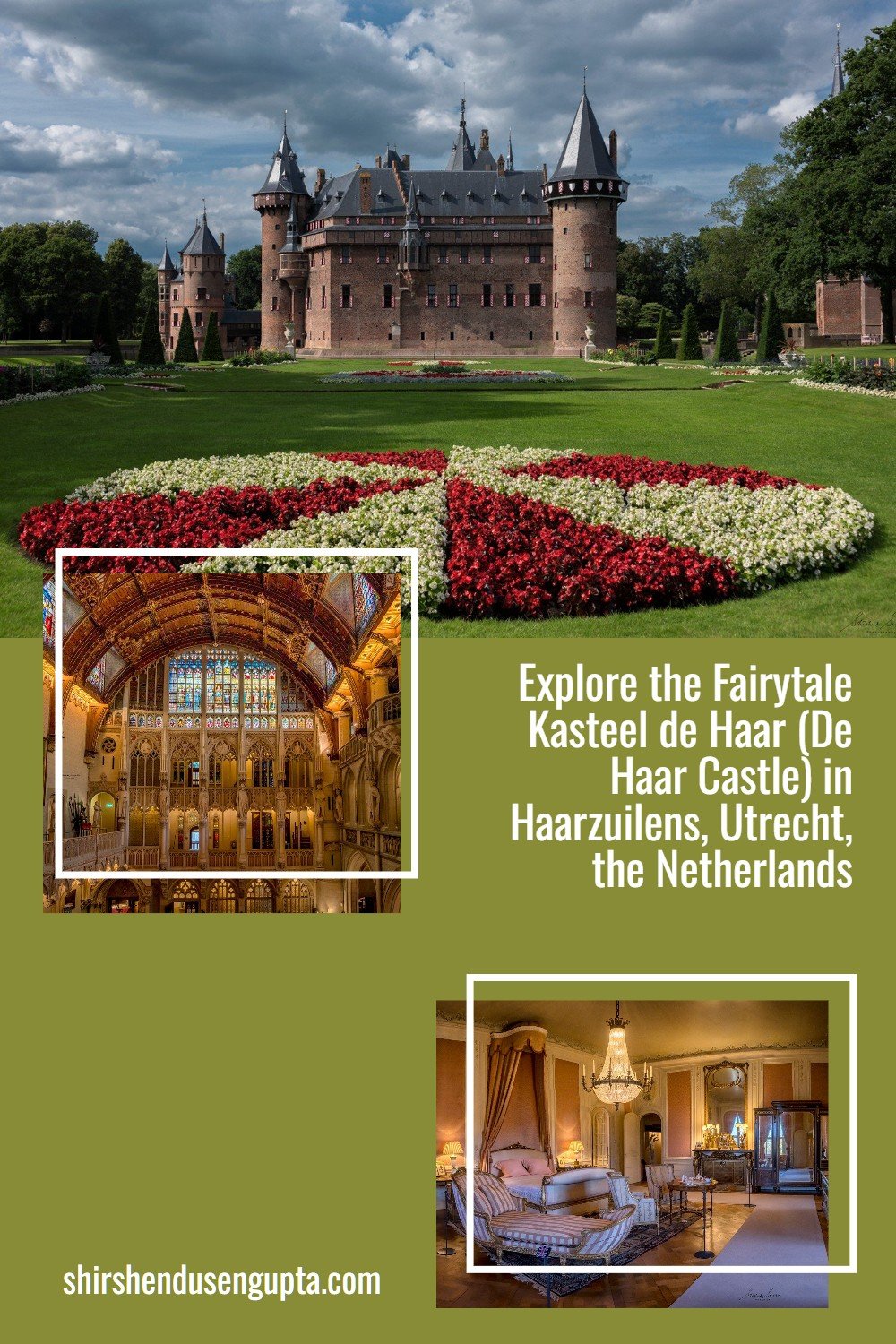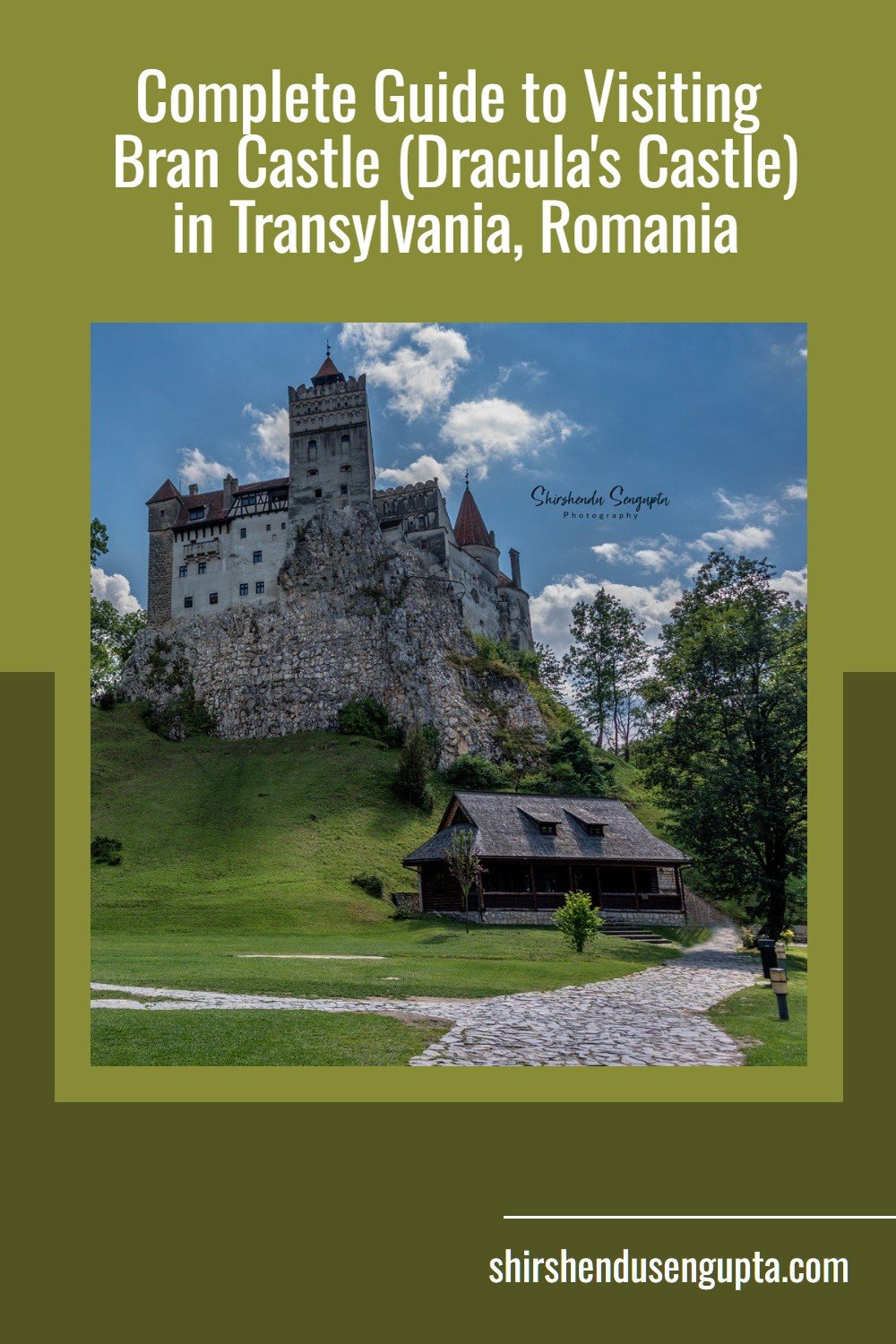Castles and Palaces
If you want to embark on a journey through time, where every step offers an insight into grandeur, power, romance, and intrigue, you need to visit royal residences. Royal castles and palaces provide a window into the past, allowing you to learn not only about the architectural evolution from medieval fortresses to opulent baroque residences but also how these structures played a pivotal role in the history and politics of their time.
Through this series of articles, I intend to share our stories and experiences of visiting some of the most iconic castles and palaces across the globe with our fellow photography and travel enthusiasts. I hope they help you plan your royal experience!
At first glimpse, the Dutch royal family’s Versailles-like handsome baroque summer palace of ‘Het Loo’ (meaning “clearing in the woods”) seems just as it was when it was built during the 17th century in the middle of the woodlands of Apeldoorn, in the province of Gelderland in the Netherlands. But 10 meters underneath the courtyard, an injection of engineering expertise spanning 5,000 square meters and costing €171m has created an extraordinary underground Spanish Macael marble museum that showcases the history of the House of Orange.
Muiderslot (or Muiden Castle) is the Netherlands's oldest and best-preserved medieval castle. One of the most well-known castles in the Netherlands, it has appeared in numerous Middle Ages-themed television programs. Situated at the mouth of the Vecht River in Muiden, where it flows into the IJsselmeer Lake that used to be the Zuiderzee, the castle has a lengthy and stormy history. It was completed in 1285 by Count Floris V. The eminent author, poet, and historian PC Hooft resided there in the 17th century. It’s a fantastic place to spend a day with your family exploring the castle and the surrounding grounds that host a restored plum orchard, vegetable, and herb garden!
If Gregory Peck got lost trying to find the bathroom just next to his bedroom on his first visit to Kasteel de Haar in 1960, you know there must be something special about this castle. To be honest, most apartments in central Amsterdam are smaller than the average bathroom in this medieval castle. And with ornate furnishings across the rooms, corridors, and bathrooms, it’s easy to imagine that it may have been quite tedious for him to find the switch of the light, especially in the dark!
Located in Limburg, the southernmost province of the Netherlands, Valkenburg, a marlstone hamlet nestled amid moss-green hills in the heart of the 'Heuvelland' nature reserve, is the country's oldest tourist destination and one of the few places in the country with actual mountains. It has been a landmark for nearly 130 years with its undulating terrain and picturesque surroundings, as well as its two major attractions - the famed castle ruins and marlstone caves. Even though just the remains of Castle Valkenburg exist, it is nonetheless worth a visit because it is the country's only castle built on a hill and therefore offers a panoramic view of the city from its broken ramparts.
Gazing majestically over the town from a rocky bluff, Bran Castle doesn’t fail to enthrall its visitors one single bit. Today, a whole industry has sprung up around calling it "Dracula's Castle," despite very little being in common with Bram Stoker’s Dracula or with Vlad Tepes (also known as Vlad the Impaler), the historical character rumored to have inspired Bram Stoker to give birth to the character.






A vast ocean of endless tulip fields, medieval windmills, charming canals, modern bicycle lanes, and postcard-perfect countryside - these are the images that appear in our minds when we think of the Netherlands. However, we tend to forget that the Netherlands also has its fair share of castles and palaces thanks to the royal families and nobilities who shaped the rich history of the country over the ages. Many of these were built during the medieval times either as defensive structures or luxury residences. Over the years, the purpose of these castles and palaces has changed, and today, they’ve turned into government offices, museums, and tourist attractions, where visitors come to admire the architecture, art collections, and gardens.